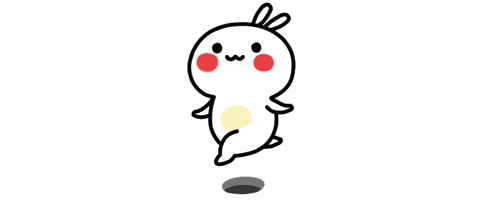CSS position and margin collapse
2017.07.20
Jenning
CSS
热度
℃
1、关于CSS position的一些小例子验证
1 2 3 4 5 6 7 8 9 10 11 12 13 14 15 16 17 18 19 20 21 22 23 24 25 26 27 28 29 30 31 32 33 34 35 36 37 38 39 40 41 42 43 44 45 46 47 48 49 50 51 52 53 54 55 56 57 58 59 60 61 62 63 64 65 66 67 68 69 70 71 72 73 74 75 76 77 78 79 80 81 82 83 84 85 86 87 88 89 90 91 92 93
| <!DOCTYPE html> <html lang="en"> <head> <meta charset="UTF-8"> <title>Test absolute</title> <style type="text/css"> #div1 { position: absolute; background-color: green; top: 500px; left: 300px; width: 300px; height: 300px; } #div2 { position: absolute; background-color: red; top: 200px; left: 200px; width: 200px; height: 300px; } #div3 { /*position: absolute;*/ position: relative; background-color: pink; /*left: 5px;*/ top: 100px; width: 200px; height: 400px; } #div4 { background-color: yellow; width: 200px; height: 400px; } #div5{ background-color: black; width: 200px; height: 400px; position: relative; top: 20px; } #div6{ background-color: #234422; width: 20px; height: 40px; position: absolute; /*position: relative;*/ left: 50px; top: 100px; } #div7{ background-color: #cccccc; width: 20px; height: 40px; /*position: absolute;*/ /*position: relative;*/ /*left: 25px;*/ margin-left: 50px; margin-top: 1px; } #div8{ background-color: #676767; width: 20px; height: 40px; } </style> </head> <body> 2、父元素使用position: absolute,使用top,left去移动父元素时,子元素也会跟着父元素一起移动 3、若父元素内的子元素也使用position: abso5ute,使用top,left去移动子元素时,是相对于父元素移动位置的 4、使用position: relative的元素是不能脱离文档流的,即使使用top、left使之偏移原本位置,但实际上该元素在文档中还是占用原来的位置,即位于该元素之后的元素的布局还是相对于偏移前的位置来定位的。 5、父元素使用position: relative,子元素使用position: absolute,则子元素使用top、left偏移时是相对于父元素来定位的,且脱离文档流 6、使用float也能使元素脱离文档流,但是文档中的文字等行内元素是会自动环绕在float元素的周围的,以此可以实现文字环绕图片的效果。如果想设置了float的元素下面的元素不受float影响,即照常位于float元素之后,则需要对之用clear清除浮动的影响。 --> <div id="div1"> <div id="div3"></div> <div id="div4"></div> </div> <div id="div2"></div> <div id="div5"> <div id="div6">d6</div> <div id="div7">d7</div> <div id="div8"></div> </div> </body> </html>
|
2、关于外边距合并的小例子验证
1 2 3 4 5 6 7 8 9 10 11 12 13 14 15 16 17 18 19 20 21 22 23 24 25 26 27 28 29 30 31 32 33 34 35 36 37 38 39 40 41 42 43 44 45 46 47 48 49 50
| <!DOCTYPE html> <html lang="en"> <head> <meta charset="UTF-8"> <title>外边距合并</title> <style type="text/css"> #div1 { position: relative; width: 200px; height: 200px; background-color: black; /*top: 2px;*/ padding-top: 82px; } #div2 { background-color: red; width: 100px; height: 100px; /*margin-top: 122px;*/ } #div3 { position: absolute; width: 200px; height: 200px; background-color: black; top: 5px; } #div4 { background-color: red; width: 100px; height: 100px; margin-top: 10px; } </style> </head> 2、对父元素使用padding来设计与子元素之间的边距(这个方法较好); --> <div id="div1"> <div id="div2"></div> </div> <div id="div4"></div> </div> <span>aa!</span> --> </body> </html>
|
